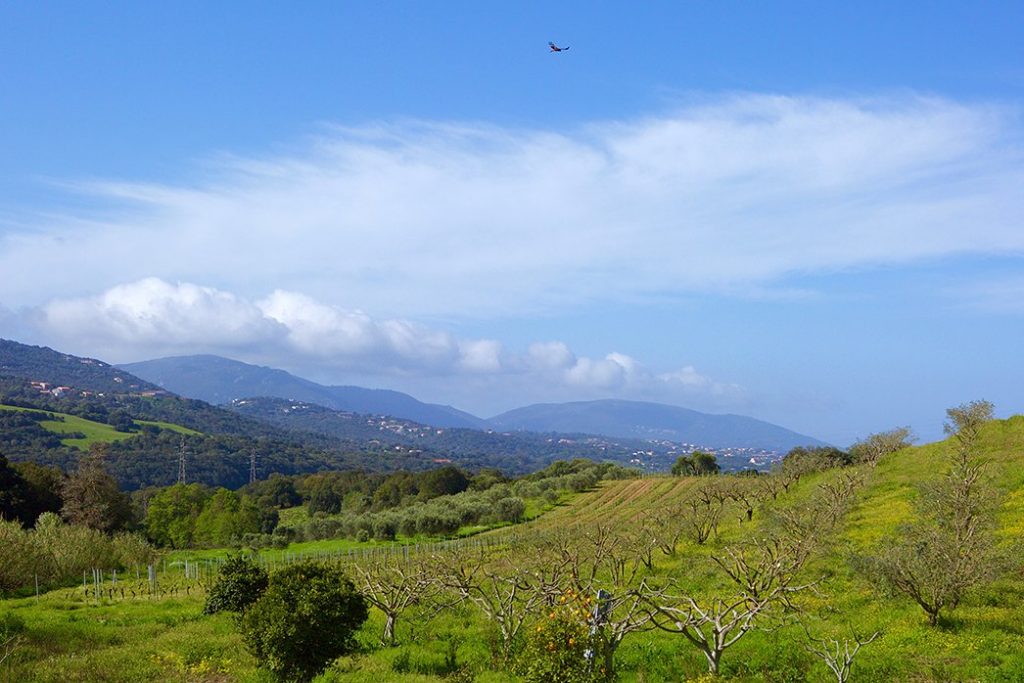
I meant to write something about my experience in Corsica last year, but I was overwhelmed and couldn’t get it together. I went with my wife, Andrea, and Emmanuel (Manu) Gagnepain, a very well-respected enologist and viticulturist who quietly consults with a large helping of top clients in Corsica—Abbatucci, Vaccelli and Sebastian Poly are a few highlights.
We made twelve visits in three days and covered a lot of ground on the island the first time. Just when I began to grasp one thing, we sped off to the next. It was an intense trip, so this time around I knew what to expect; my wife did too, which is why she turned down the opportunity to go back.
This year’s trip was going to be a mix of tasting the 2015, 2016 and 2017 vintages. 2015 was a solid year, with bigger, solar-powered wines. The 2016s were more elegant and high-toned (aérien, a terribly difficult word to pronounce correctly, even for the French), and 2017 was a ripe vintage that created some unique challenges. It was going to be an interesting tour.
After a day and half of rest at La Fabrique, my usual place of respite in Provence, with my friends, Pierre and Sonya, I had just enough time to do my laundry and pack it up again for another five days out. I’d just spent twenty days travelling through Burgundy, Champagne and the Loire Valley with visits to just over thirty domaines, eating way too much meat, bread and cheese, and very little vegetables, so I was desperate for some greens. Luckily, Pierre and Sonya filled the weekend with the season’s first artichokes, white asparagus, and loads of greens and strawberries, along with mussels, fish, and the usual intake of secondhand smoke from my nicotine committed friends.
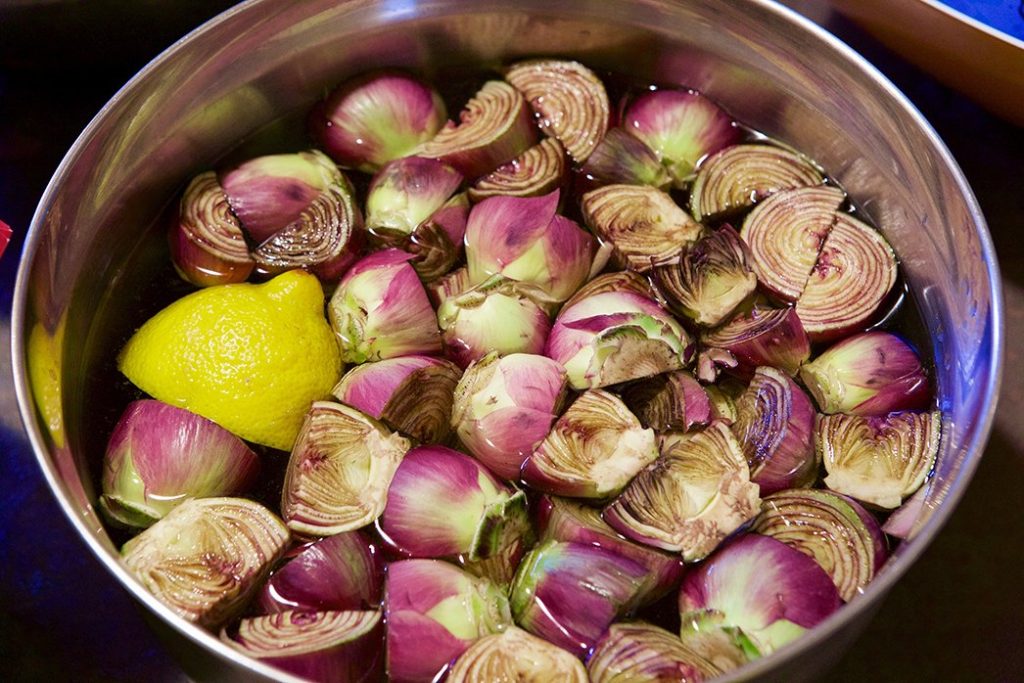
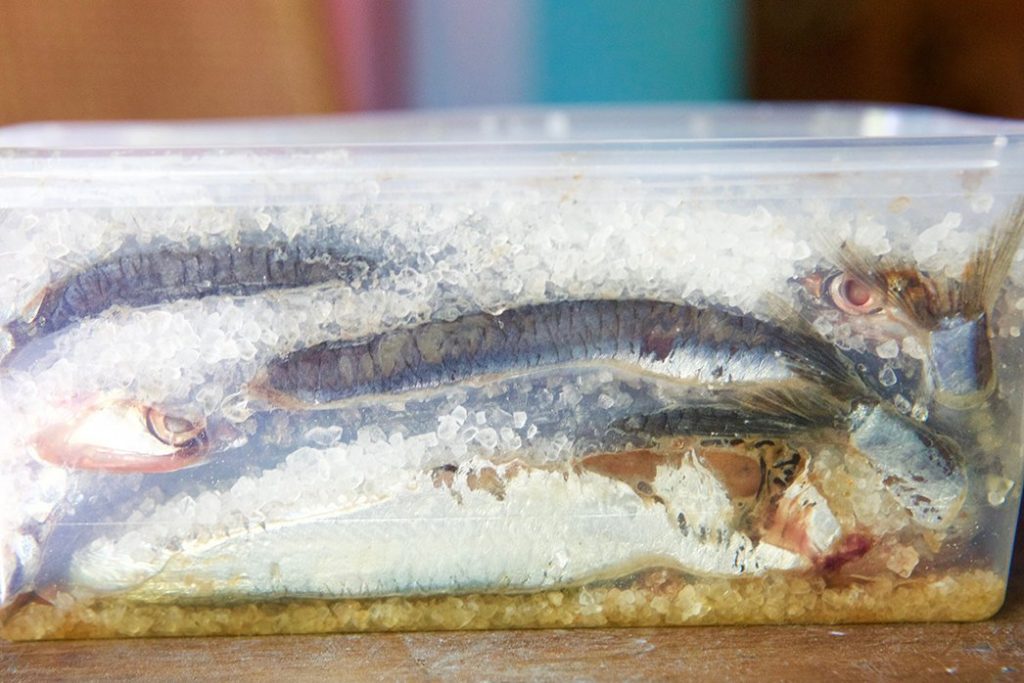
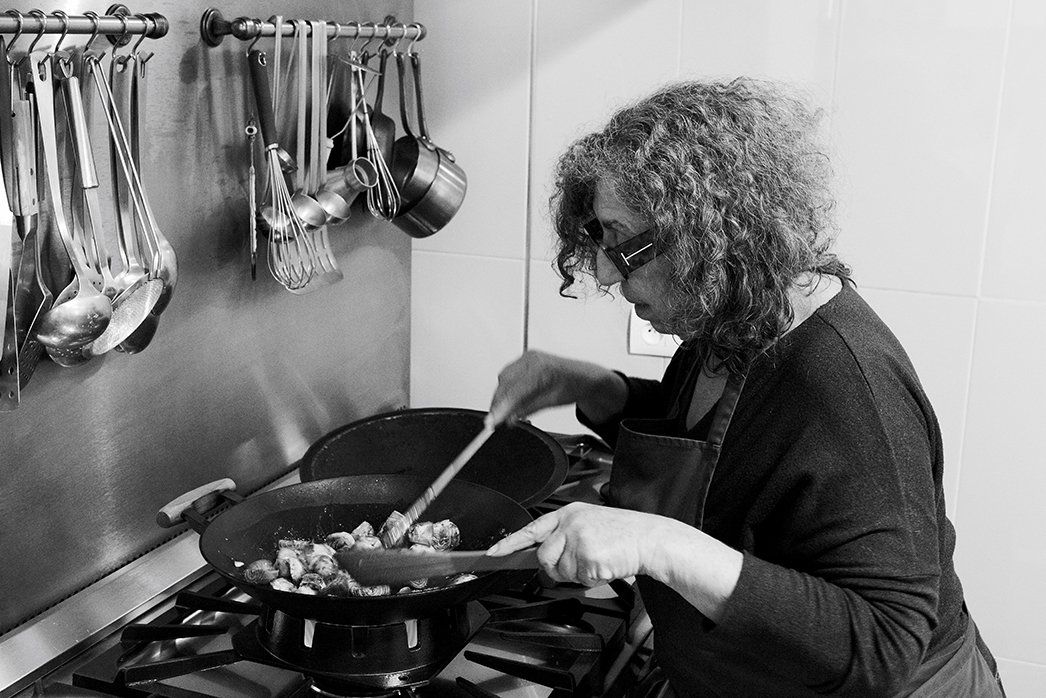
I jumped into Manu’s new blue VW pickup truck and within the first minute, we made an agreement: I would speak French while he spoke English. (My wife and I are planning to relocate to Italy in September and I wanted two solid weeks of French practice before I moved on to Italian and the next leg of my life.) Immediately we picked up the wine talk where we left off last year and it didn’t stop during every waking hour over three days—another reason my wife wanted sit this one out.
I was introduced to Manu’s wines by a well-known French sommelier, Fabrice Langlois, who visited me at La Fabrique last year. I loved them and asked for an introduction, so Fabrice and I went to Manu’s house in Avignon right after lunch.
Manu looks more German than French; he’s tall and blond with fair skin that only finds different shades of red and pink from the sun. He speaks softly yet is always intensely focused. His French comes out quietly but at a blistering pace. I speak and understand French reasonably well but I can hardly understand anything he says, though I’m sure that my being half deaf in one ear doesn’t help.
Manu works with many producers in the south of France, but he’s fanatical about Corsica and has a love affair with the island, its people and its wines. His dream is to live there and have his own domaine, a dream that has started to come to fruition through a partnership with his most famous client, Jean-Charles Abbatucci. He told me how many producers he worked with in Corsica, and after only two hours after meeting him, I mustered up the gall to ask him if I could come along sometime to learn about it. I was surprised when he happily agreed.
Four weeks later, Manu and I were en route to Bastia, Corsica, after my wife and I had spent some time in Austria and Italy. We had a good feeling about each other; it felt like I’d known him for years and I think he felt the same.
After our previous trip I realized I didn’t know as much about him outside of the wine culture as I wanted to. I scoured the internet and came up with next to nothing. The only thing I found was a mention in a small piece Kermit Lynch wrote when he began to import a lot of the best Corsican wines to the States. Later on, Manu told me that he consciously avoids social media because he thinks it creates problems when his clients don’t get equal attention on his feed, and he’s right, I’ve experienced that firsthand with some of our producers. So he prefers to do things the old-school way, relying on word of mouth; the wine world is small and word travels fast when wines are great.
Over the years he’s amassed a client base of more than seventy domaines (with a long waiting list) and earned a tremendous reputation amongst top scientific thinkers of the French wine world. I’ve never seen someone sustain his level of consistent intensity and he does it all alone.
Manu was born in Beaune, the heart of Burgundy and perhaps its most famous historic village. Originally he wanted to be a doctor, but there was a timing issue with his application to medical school. His second choice was wine, so he moved to Dijon after he finished his Baccalaureat (the French equivalent of a high school diploma) and attained the highest degree of formal education given in the country for enology and viticulture.
His scientific knowledge about wine and the vine are as impressive as they are intimidating, and he approaches the subject like a doctor with his patient. He has an inexhaustible palate; he smells and tastes with tremendous speed and focus while rattling off his diagnoses, which is quickly followed by his suggestion for the remedy (if one is needed). He visits his domaines once a month to follow the wines more closely and to avoid making decisions based on one moment of each wine’s evolution. To spend three days with him analyzing wine is enough to make me feel I’ve learned a lot, while at the same time is deeply humbling.
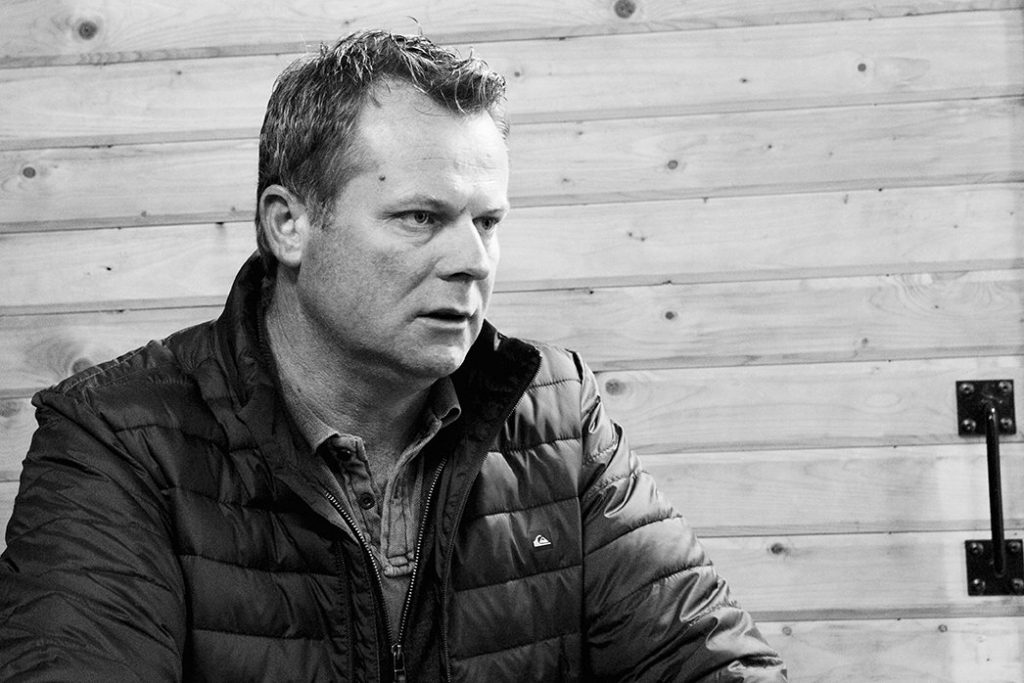
We boarded our Italian-run ferry in Toulon, a somewhat rough military town in the Côte d’Azur that had seen better days. It’s not the nicest town in Côte, but the beautiful landscape reminded me of why people lived there in the first place. It’s just a pity they had to put a military base in the middle of it all.
We drove Manu’s truck onto the ferry and checked in to our rooms. After a marginal but acceptable dinner in a fancy restaurant on the ninth floor of the ferry, which included a bottle of Italian Barbera d’Alba—my first Italian wine in over three weeks, and not worth the wait—we settled into our cabins. After a couple of hours of tossing and turning I finally went to sleep. I figure I’d caught only about four hours before there was an announcement from the crew that we needed to get it together for our arrival in Bastia. We had our longest day of the trip ahead of us and Manu was anxious to hit the road.
Next Week: Of Corse, Part 2 of 9: Patrimonio and the Rebirth of an Old Domaine

